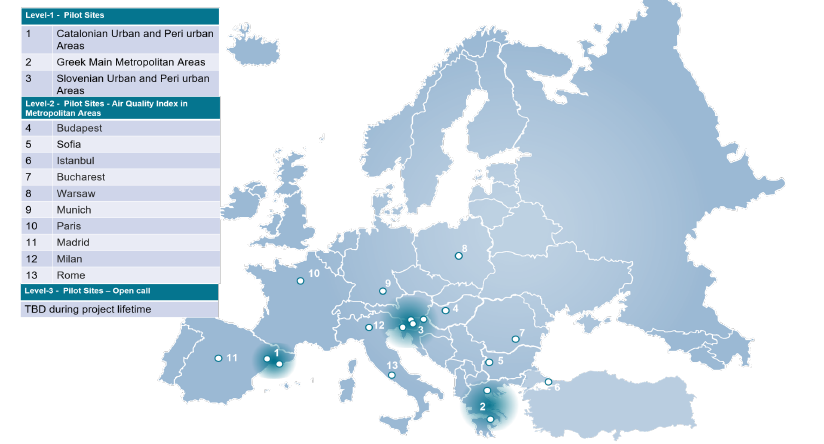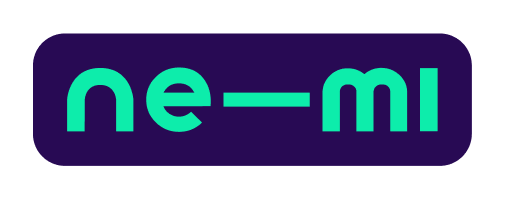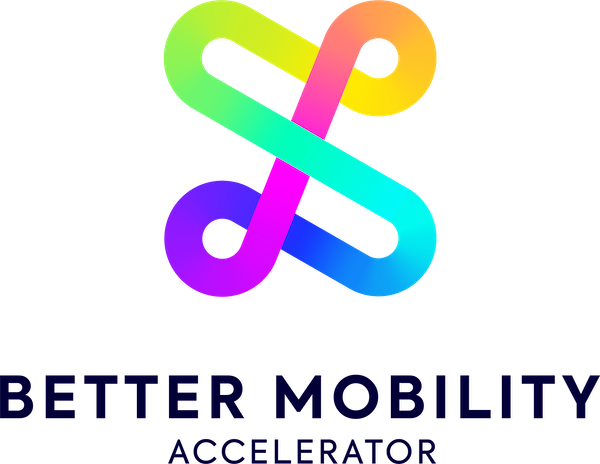
In 2018, car travel accounted for 82.9% of inland kilometres travelled by passengers across the EU.
Greenhouse gas emissions from the EU’s transport sector have been on the rise since 2013, except for a notable drop during the Covid-19 pandemic. For Europe to fulfil its ambitious climate targets, the proportion of journeys made by public transport in cities must increase dramatically, and quickly. Achieving this goal will be no mean feat, but the battle is far from over.
By rethinking our approach to public transport and leveraging cutting-edge technologies we can take important steps in the right direction. Developing solutions with the European Global Navigation Satellite System (EGNSS) is a crucial step towards making the public transport network more reliable and efficient. EGNSS provides a high-precision positioning system, with signals used for navigation and timing, with numerous applications in the transport sector.
Introducing JULIA
At Nemi, we are thrilled to be part of the JULIA Project project, a new European initiative co-funded by EUSPA – EU Agency for the Space Programme. JULIA’s core objective is to leverage EGNSS to boost sustainable mobility in public transport. Working alongside a fantastic consortium led by our project coordinators, FACTUAL, JULIA will run until July 2026 in 13 pilot locations.

JULIA’s Pilot Locations
During the project, Galileo-enabled GNSS receivers will be deployed in pilots across Europe, connecting rural villages to vital services, testing autonomous vehicles, and examining on-demand transport as first and last-mile connections. The project will explore the benefits of these GNSS receivers to increase location accuracy, operate public transport services more efficiently, and improve user experience with the goal of increasing ridership.
Nemi’s Contribution
Nemi’s demand-responsive transport platform will form the backbone upon which JULIA’s Operating System will be built. Our core technology stack will be built upon to develop a fully digital Operating System for public transport operators. The practical benefits are wide-ranging and include providing users with schedule information and stops for all the services offered by a public transport operator, and communicating real-time information on each vehicle’s position and time of arrival at the upcoming stops to both users and fleet managers.
A Project Grounded in Impact
The JULIA project is deeply technical but rooted in human stories. Our work will contribute to an improved and more sustainable transport system in the long term. User needs take centre stage, focusing on creating safe and accessible public transport services, creating digital solutions with users in mind. Pilot locations have been selected for their potential impact on surrounding populations, with rural areas expected to see increased usage of multimodal transport.




